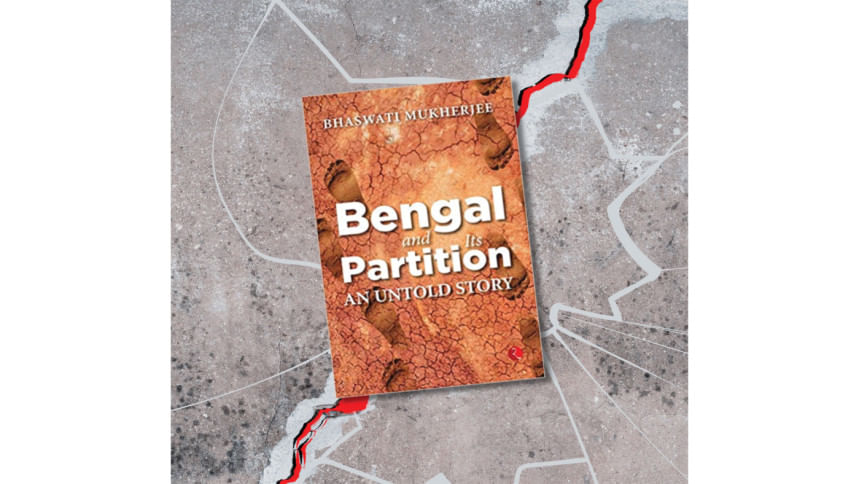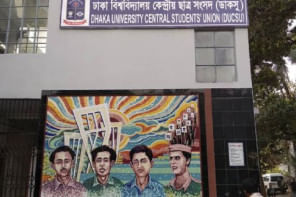Revisiting the hidden scars and echoes of Bengal Partition

Bengal was partitioned twice. First in 1905 when the heightened protest against this reunited Bengal in 1911. Then, it was divided again in 1947 during the partition of India. But this time, it was unavoidable. Although the trauma of the Punjab Partition has been widely written about in English, the experiences of Bengal partitions have often remained underrepresented. This is where Bhaswati Mukherjee aims to fill the gap through her book Bengal and Its Partition. It offers a compelling, accessible narrative that situates Bengal's Partition not as an isolated event, but as the result of long-term socio-political maneuver.
A retired Indian diplomat, Bhaswati Mukherjee is an acclaimed scholar. She has deep personal and ancestral ties to the Bengal region. Mukherjee served both as high-ranking roles in the Indian Foreign Service and as an international policy forum. Her diplomatic insight and lived family memory approaches the Partition of Bengal with a rare mix of analytical precision and emotional depth. Her works with this book reflect correcting historical omissions and reviving the erased Bengali narratives.
The book unfolds as a deeply researched yet highly readable history of the Bengal Partition. The research is grounded in archival data, oral histories, and literary references. It explores the roots of communal division in Bengal long before 1947. It exposes how the British colonial regime nurtured those divisions through policies of divide and rule. Through the book, the author critically examines the political negotiations between the Indian National Congress, the Muslim League, and colonial administrators.
It has the finest illustration of how Bengal's fate was shaped by a mix of ideological rigidity, communal anxiety, and geopolitical expediency. Mukherjee's narrative stands out for placing East Bengal (now Bangladesh) at the heart of the discussion. She has proved that it was a long overdue Bengali-centric lens on Partition. The book has also portrayed the cultural fragmentation, administrative chaos, and deep sense of betrayal. This was the pain felt by millions on both sides of the Bengal border.
Bengal and Its Partition is a nonfictional work, but the book is structured with the flow of a narrative history. Mukherjee begins with the 1905 Partition of Bengal which was created by Lord Curzon. She has clearly set the tone for how administrative manipulation laid the foundation for communal division. She then moves through the rise of Bengali nationalism, and outlines the failed Bengal Pact of 1923, as well as the roles of key figures like Huseyn Shaheed Suhrawardy and Shyama Prasad Mukherjee through various plots.
The final chapters of the book delve deep into the hurried and chaotic process of demarcation. And thus was the result of the Bengal Partition in 1947. Sadly, it decided so quickly that the division was done without proper demarcation, consultation, or transition planning.
The final chapters of the book delve deep into the hurried and chaotic process of demarcation. And thus was the result of the Bengal Partition in 1947. Sadly, it decided so quickly that the division was done without proper demarcation, consultation, or transition planning. Mukherjee has also brought stories of displacement, the collapse of culture, and the long-term implications for Indo-Bangladeshi relations.
Bengal and Its Partition is not only a history of political events but also a tribute to a lost cultural unity and a call to remember the human cost of division. Mukherjee's work clearly claims that remembering East is just as important as remembering West within Bengal.
Rezaul Karim Reza is an English teacher and an academic.

 For all latest news, follow The Daily Star's Google News channel.
For all latest news, follow The Daily Star's Google News channel. 



Comments